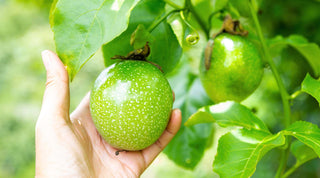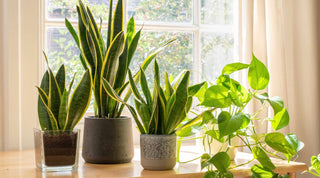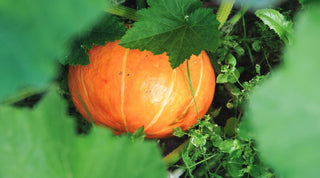Making your own small-batch compost tea is a cost-effective and sustainable way to nourish your plants.
Compost tea is a potent, nutrient-rich liquid fertilizer that can significantly enhance the health and growth of your garden. It's made by brewing compost in water, resulting in a solution brimming with beneficial microorganisms. In this guide, we'll walk you through the simple steps of making compost tea using humic acid, worm castings, fish hydrolysate, and common household items.
Ingredients and Tools:
- Worm castings: 1 cup
- Humic acid: 2 tablespoons
- Fish hydrolysate: 1/4 cup
- Clean, non-chlorinated water: 5 gallons
- A 5-gallon paint bucket
- A small air pump
- An aerator hose
Step 1: Setting Up Your Brewing Station
First, set up your brewing station. Place your 5-gallon paint bucket in a location where it can remain undisturbed for 24 to 36 hours. Ensure the bucket is clean to prevent any contamination that could harm the beneficial microbes in your compost tea.
Step 2: Preparing the Ingredients
Add 1 cup of worm castings to the bucket. Worm castings are rich in nutrients and microorganisms, making them an excellent base for your compost tea. Next, stir in 2 tablespoons of humic acid. Humic acid helps increase nutrient uptake and stimulate microbial activity. Then, add 1/4 cup of fish hydrolysate, which provides nitrogen and other nutrients to the brew.
Step 3: Adding Water
Fill the bucket with 5 gallons of clean, non-chlorinated water. Chlorinated water can kill the beneficial microbes you're trying to cultivate, so it's essential to use water that's free of chlorine. If you only have access to chlorinated tap water, let it sit uncovered for 24 hours to allow the chlorine to dissipate before using.
Step 4: Aerating the Mixture
Attach the aerator hose to your small air pump. Place the aerator hose at the bottom of the bucket to ensure thorough aeration of the mixture. Aeration is crucial as it provides oxygen to the microbes, encouraging their growth and reproduction.
Step 5: Brewing
Turn on the air pump and let the mixture brew for 24 to 36 hours. During this time, the aeration will cause the beneficial microbes to multiply, creating a lively and nutrient-rich compost tea.
Step 6: Finishing Up
After the brewing period, turn off the air pump and remove the aerator hose. Your compost tea is now ready to use. It should have a pleasant, earthy smell. If it smells foul or rotten, it indicates an anaerobic process has occurred, and it's best not to use it on your plants.
Step 7: Using the Compost Tea
Compost tea can be applied to your plants in several ways. You can use it as a foliar spray to coat the leaves, which helps in disease prevention and nutrient absorption. Alternatively, you can apply it directly to the soil around the base of your plants, enriching the root zone with beneficial microbes and nutrients.
Storage and Further Tips
Compost tea is best used fresh, within a few hours of brewing. If you need to store it, keep it in an airtight container and use it within a day or two to ensure the microbial life remains active.
Conclusion
In conclusion, making your own small-batch compost tea with humic acid, worm castings, and fish hydrolysate is a straightforward and rewarding process. By following these simple steps, you can create a high-quality organic fertilizer that will enrich your garden and promote healthy plant growth. Happy gardening!



